By Marianne de Nazareth
12 February, 2015
Countercurrents.org
It took just three days, after a cargo vessel collided with a tanker, for the oil to coat and destroy the beautiful mangrove trees, in areas in the Sundarbans region of Bangladesh. The Sundarbans, extend into India, and is a delta that forms the world's largest contiguous tidal mangrove forest—a haven for a spectacular diversity of animals. Tens of thousands of gallons of oil had spilled into the rivers and creeks of the Sundarbans region, threatening the rare biodiversity of the region including tigers and dolphins. The delta is a UNESCO World Heritage site that encompasses approximately 3,850 square, with roughly one-third lying in India and two-thirds in Bangladesh, as per actual dimensions of the area.
So for a Science and Environment journalist sitting in a talk given to us by Dr Banwari Lal, Director of Environment and Industrial Biotechnology of TERI ( The Energy and Resources Institute) during the 15 Delhi Sustainable Development Summit, it was a eureka moment of excitement. He spoke about the Oil Zapper--what's that one wondered and then one realises that man's mind can also be harnessed for positive solutions for our human mistakes on this planet.
Going back into the history of his work Dr Banwari Lal explained that it was around the time when the Kuwait war literally destroyed Kuwait, the entire region had become a mass of black oil lakes. The soil was toxic and polluted by the crude oil spills and crude oil is thick like honey he explained. That was when the Kuwait government floated tenders and asked to view proposals to do the clean up. They finally signed an agreement with KOC (Kuwait Oil Company) in 2012 to clean up which was definitely a back -slapping moment for the team.
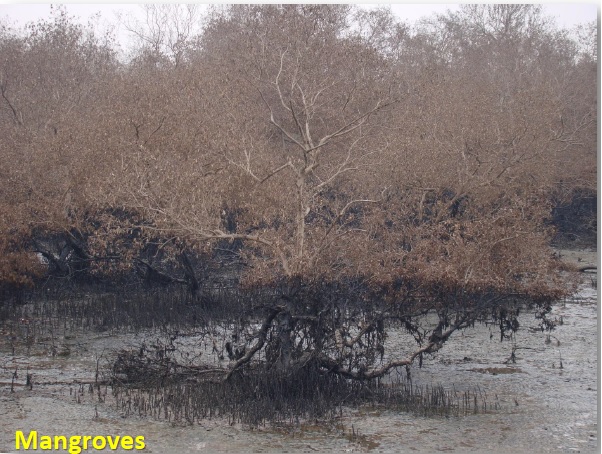
The Oilezapper was developed by TERI after 6 years of extensive research. It zaps crude, sludge, and contains four natural occurring bacterial species. Non pathogenic to any living species. In nature the oilzapper can live only in petroleum, oily sludge, crude oil and total petroleum hydrocarbons. Once the petroleum hydrocarbons are biodegraded, the microbes die. The uncertainty he said was would the microbes not only clean up but restore the land to its former clean position. The shelf life of these microbes is 4 degrees centigrade for six months, 30 degrees centigrade two months, 42 degrees centigrade twenty days, 45 degrees centigrade seven months.
" Bacteria is everywhere, our body is a zoo of bacteria!" explained Dr Banwari Lal " so we needed to figure which bacteria we needed to culture and for which bacteria oil was a special food. Only those that grew in the oil we saved while the rest died. We also needed to be sure of the degradation, so we separated the live ones and fed them oil. It's a process like a coach selects only the fastest runners for his team."
Crude has hundreds of hydrocarbon compounds and oil has four major ones. So we selected species to degrade only one fraction and selected different species so they would not fight. Making a cocktail of these four bacteria we found that they decimated the oil we fed them.
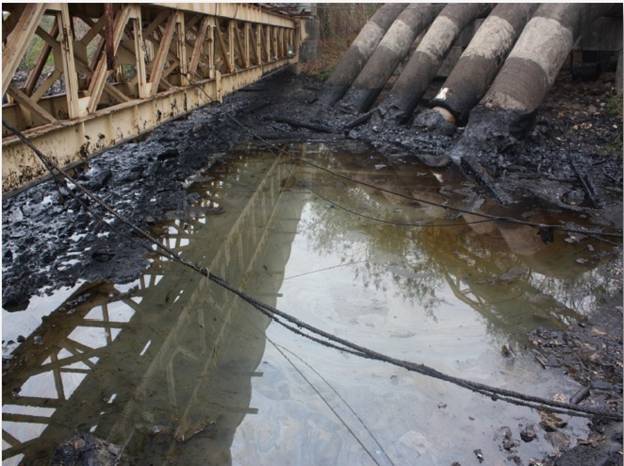
" The Oil ministry wanted to test our findings on the ground, in the field. There were no grants forthcoming, as no one was sure of our findings. Finally ONGC and Indian Oil let us test the waste oil that was being stored in pits and how many more pits could they make? They gave us one pit and asked us to clean it up. Then we mass produced the bacteria and made it in powder form and applied it to the pit. In five days the pit was cleaned!"
Infact the oil wells in farmers fields had destroyed the fields and they were happy just living off the compensation, said Dr Banwari Lal. With this Oilzapper we have created large numbers of job opportunities and ONGC seeing the end product gave us a grant to continue our research.
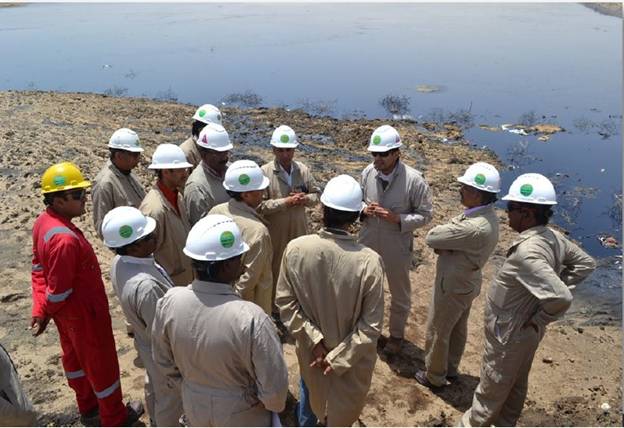
Another important innovation created by Dr Banwari Lal and his team is MEOR (Microbial Enhanced Oil Recovery) and PDB ( Prevention of Wax Deposition in Oil Well Tubings). " Just like the human body has choletorol deposit in the arteries of the heart, crude oil which contains wax deposits it on the pipes through which it is pumped out," explained Dr Banwari Lal. If this problem was allowed to continue, the oil wells would have to be shut down. It is not possible to put a scraper down and push the wax down so with a research grant Dr Banwari Lal and his team solved the problem by making a coating of the bacteria which would degrade the wax. The bacteria form a kind of wax according to Dr Banwari Lal and these bacteria degrade the wax and clean the oil well tubing. Instead of having to clean the tubes with this innovation, the tubes are cleaned only once a year, explained Dr Banwari Lal. Every week his team cleans up two to three wells now and this has generated great job opportunity and benefits to the locals.
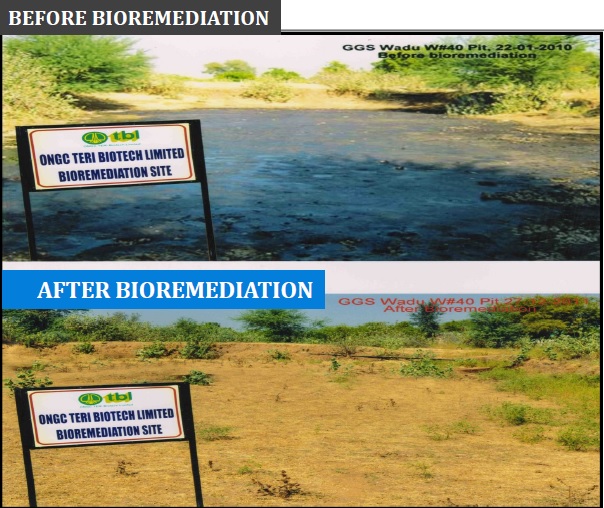
Thousands of packets of the bacteria are shipped to the various sites that Dr Banwari Lal and his team handle and " one packet contains more than the population of humans on this earth!" said Dr Banwari Lal making the connection in our heads easily. Ofcourse he explained research is ongoing as there is no one recipe to fit all. Different climatic conditions require different bacteria. But what is amazing is that once the bacteria eat up the oil, they become protein and completely mix with the soil and the soil in the area is completely restored. Infact as Dr Banwari Lal explained that the recovered oil which they collect they are able to run the machines which they need for their work with it.
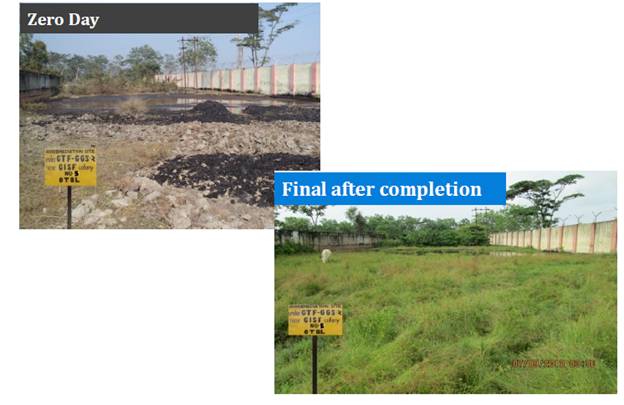
An amazing innovation where science meets nature's needs and steps in to restore what man himself has caused what was earlier considered destroyed forever.
Marianne de Nazareth: Freelance Science and Environment Journalist, adjunct faculty St. Joseph's PG College of Media Studies and registered PhD scholar Madurai Kamaraj University
.
Comments are moderated

